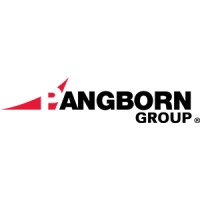
Havtech
Havtech represents the most innovative HVAC equipment and building automation system manufacturers serving both the commercial and industrial markets. This depth combined with our expertise in energy efficient HVAC system design and green building methods allows us to offer cost-effective solutions that provide a low environmental impact at the highest return on investment to our customers. Havtech is dedicated to providing every customer with an exceptional experience.






